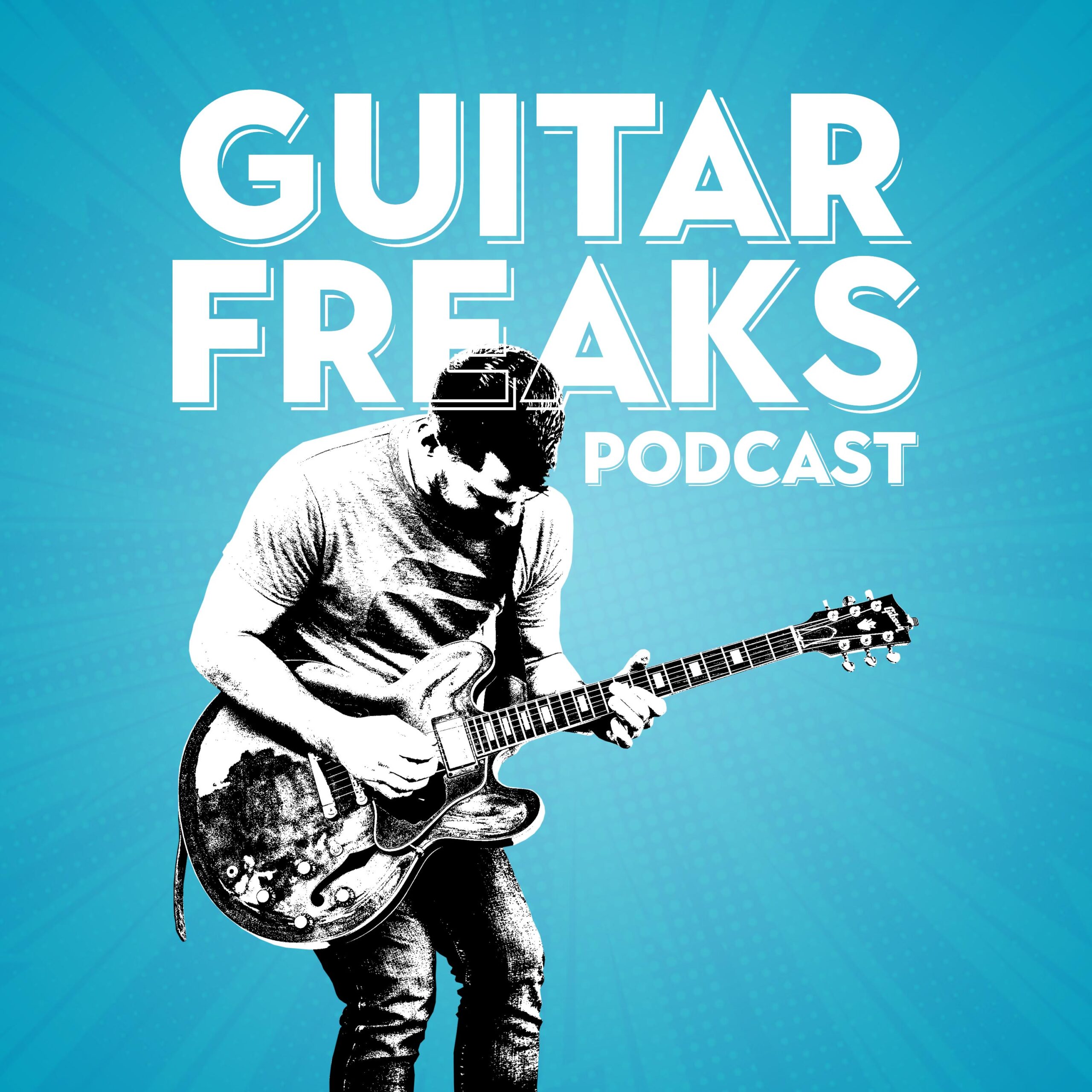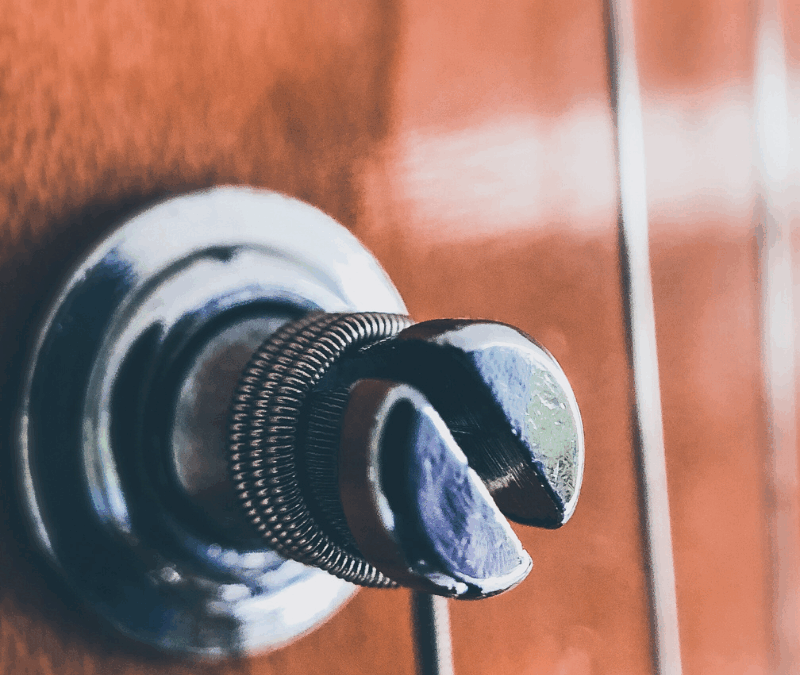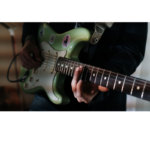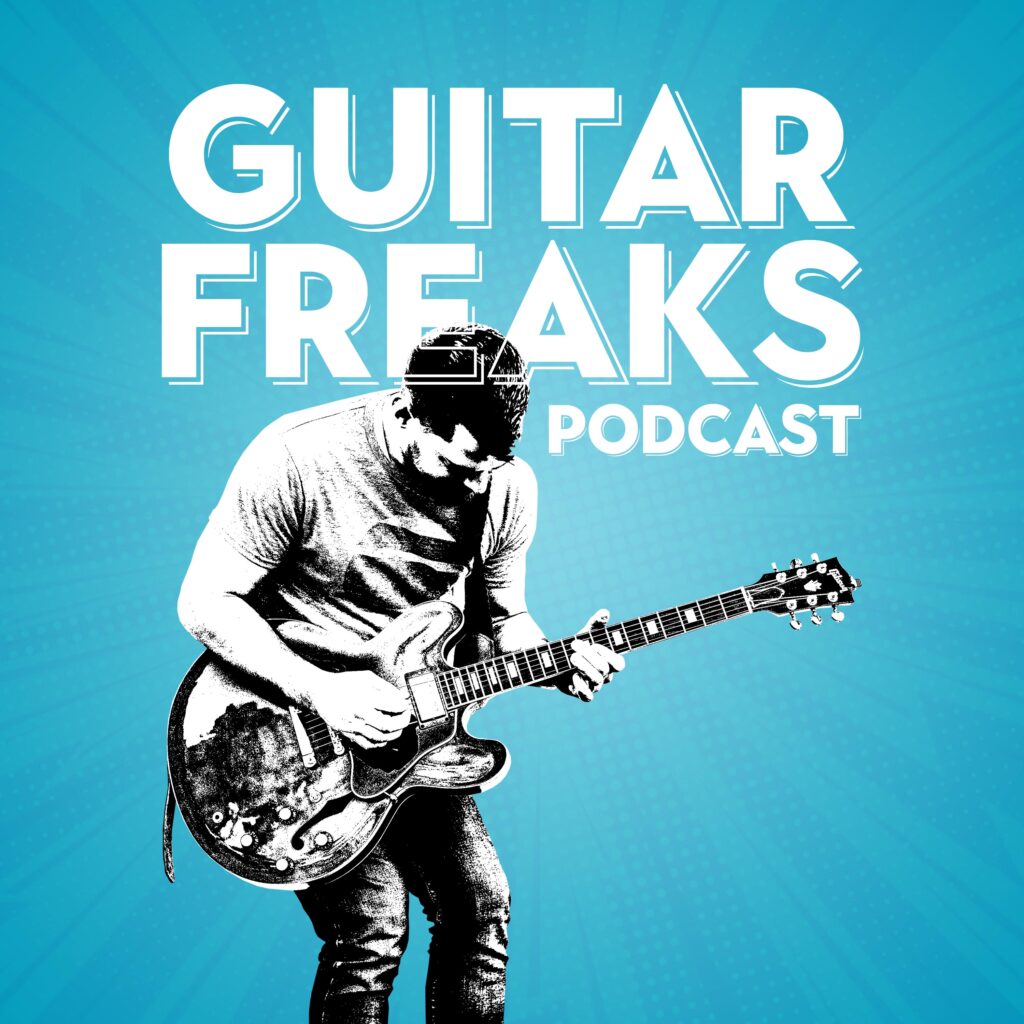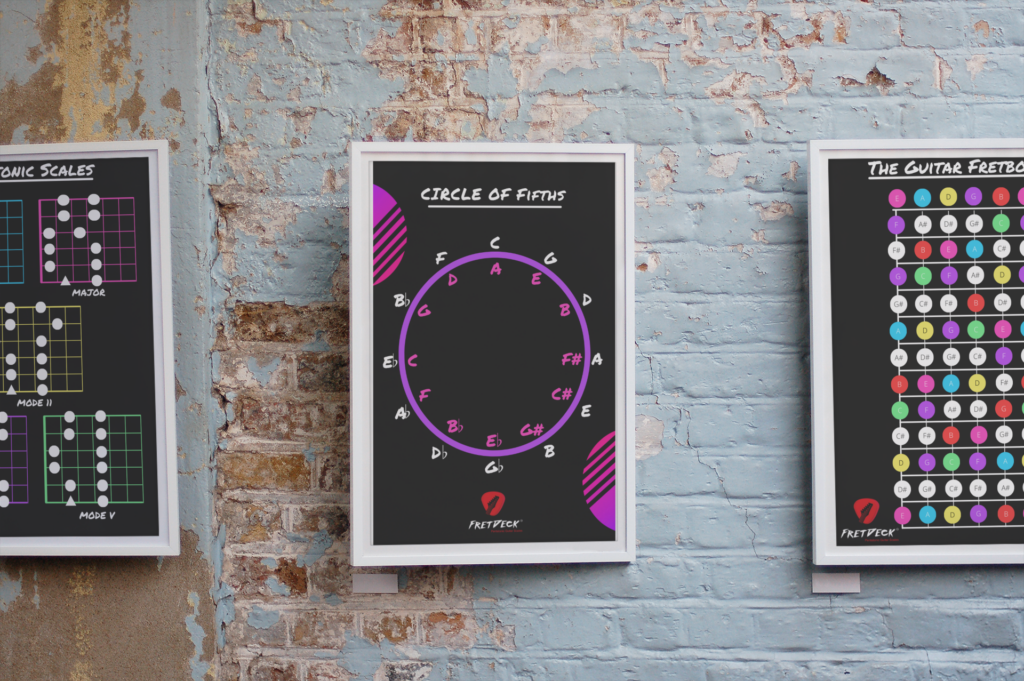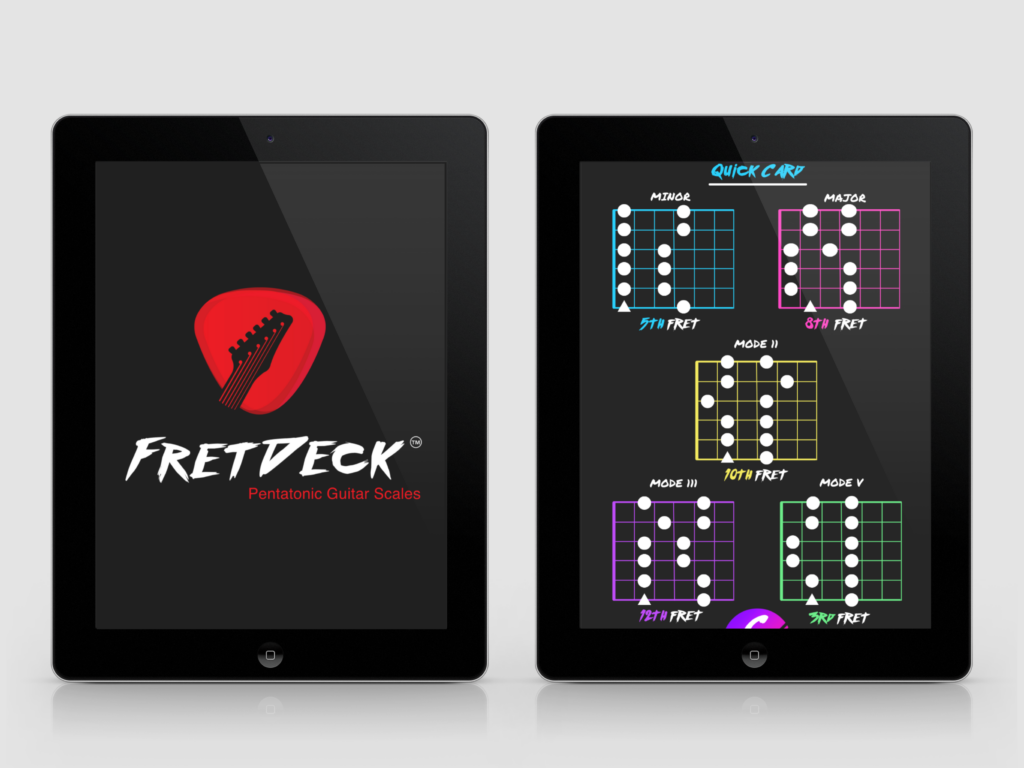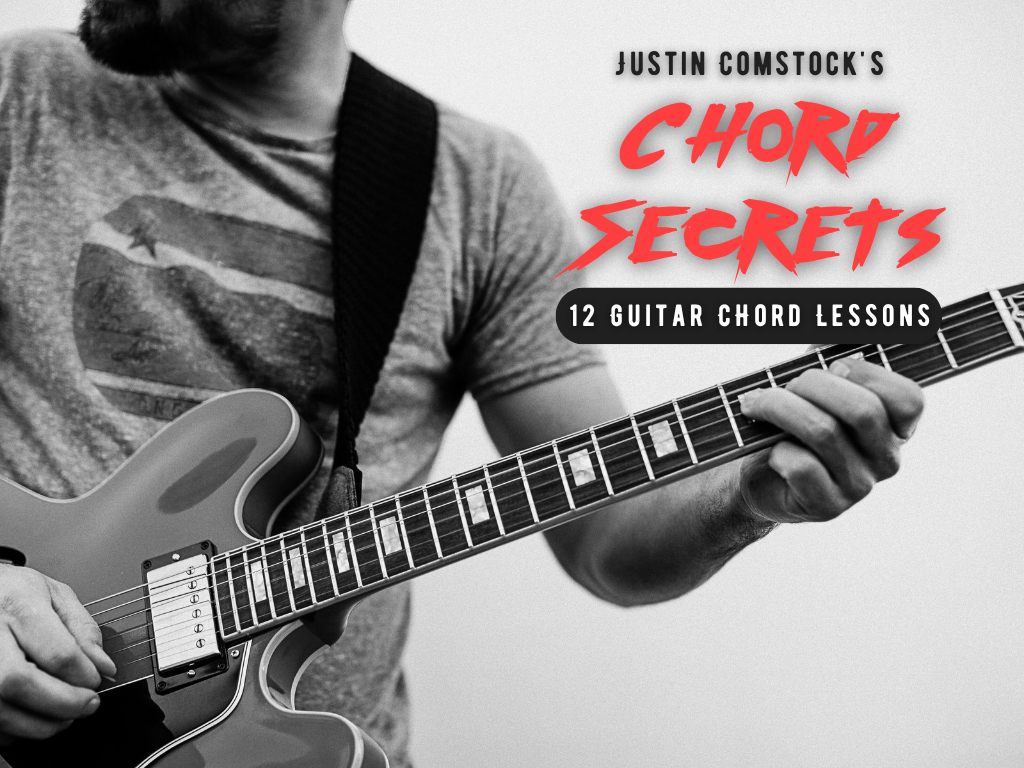Let’s get something out of the way:
If you think you know the pentatonic on guitar just because you memorized five boxes…
You’re only scratching the surface.
The pentatonic scale isn’t just a beginner’s tool. It’s the DNA of blues, the backbone of rock, and the secret sauce of soul.
It’s not just where you start. It’s how you speak.
And if you’re still playing the same licks in A minor box 1, this post will blow your mind open.
🎸 The Pentatonic Scale Isn’t a Scale—It’s a System
Most guitarists memorize the five box patterns of the minor pentatonic scale.
Great start—but that’s like learning five words in a new language and thinking you’re fluent.
The truth?
Pentatonic on guitar is a modular system. It moves, morphs, and adapts. It shows up in major and minor, across every key, in every position.
When you understand how it works as a system, the entire fretboard becomes a canvas instead of a maze.

❌ Stop Guessing. Start Shredding.
If you’re still fumbling through scale patterns and box shapes… it’s costing you progress.
FretDeck™ is the no-fluff system that shows you exactly how to master the fretboard—fast. Early access.
⚡️ This isn’t for dabblers. It’s for players who want results.
👉 Click here to join the pre-launch now
Early access. Limited rewards. Don’t wait.
🧠 Minor vs. Major Pentatonic: The Twist Most Guitarists Miss
Here’s a common trap:
You learn the minor pentatonic scale (say, A minor: A–C–D–E–G),
then get told, “Just move that shape up three frets and now it’s major!”
Technically true.
But the feel? The phrasing? The target notes? Totally different.
Here’s the difference:
| Scale Type | Feel | Notes in A |
|---|---|---|
| Minor Pentatonic | Soulful, bluesy | A–C–D–E–G |
| Major Pentatonic | Open, melodic | A–B–C#–E–F# |
Want to go from sounding like a scale-practicer to a musician?
Want to go deeper into phrasing and solo structure? Check out our post on Solo Guitar Scales: How to Build Solos That Actually Sound Like Music
🎯 CTA: Back FretDeck on Kickstarter and finally see the pentatonic system clearly—mode by mode, key by key.
🌀 The Five Shapes Are Modes—Here’s Why That Matters
Each of the five pentatonic shapes you learned?
They’re modes.
Just like Dorian or Mixolydian, these shapes emphasize different root notes, different intervals, different vibes.
When you practice Shape 2, you’re in Mode 2 of the pentatonic.
When you shift your starting note, the emotional tone changes.
This matters because phrasing lives in the mode.
Quick Breakdown (A Minor Pentatonic):
- Mode 1 (A): Grounded, strong
- Mode 2 (C): Funky, floating
- Mode 3 (D): Suspenseful
- Mode 4 (E): Open, airy
- Mode 5 (G): Ancient, modal
📌 Want to learn how to phrase within each pentatonic mode?
Join us in the Guitar Freaks Discord for weekly exercises and jam breakdowns.
🔁 How to Practice Pentatonic on Guitar Without Sounding Boring
Let me guess. You’re stuck in “lick land.”
You run licks in A minor pentatonic.
Maybe you string together a few flashy runs.
But when it’s time to solo—you feel stuck.
Let’s flip that.
Here are three creative practice routines that’ll elevate your pentatonic game instantly:
🔹 1. One-String Soloing
Pick a key (say, E minor) and solo using only the B string. Focus on bends, slides, and tone.
🔹 2. Mode Mapping
Choose a key. Play all five pentatonic modes back to back, across the neck. Connect them fluidly.
🔹 3. Call and Response
Loop a chord vamp.
Play a short phrase.
Pause.
Play a “response” in a different mode.
These drills don’t just build chops. They build voice.
🎁 Want 52 prompts like these? They’re in the Kickstarter bundle. Get FretDeck now.

❌ Stop Guessing. Start Shredding.
If you’re still fumbling through scale patterns and box shapes… it’s costing you progress.
FretDeck™ is the no-fluff system that shows you exactly how to master the fretboard—fast. Early access.
⚡️ This isn’t for dabblers. It’s for players who want results.
👉 Click here to join the pre-launch now
Early access. Limited rewards. Don’t wait.
🧭 3 Ways to Use Pentatonic on Guitar Like a Pro (Not a Pattern Monkey)
🔹 1. Phrase Over Chords, Not Shapes
If you’re soloing in C major over a C–Am–F–G progression, don’t just noodle in C major pentatonic.
Play:
- C major pent over C
- A minor pent over Am
- F major pent over F
- G major pent over G
This is chord-based improvisation. The pros live here.
🔹 2. Mix Major and Minor
Play A major pent over the I chord.
Switch to A minor pent over the IV chord.
This is the B.B. King box in action.
🔹 3. Connect to Triads
Use the pentatonic as a way to embellish triads. This gives you both harmonic and melodic power.
🎵 Legendary Guitarists Who Swear by the Pentatonic (And Why)
Here’s a secret:
Your favorite guitarists don’t play complicated theory.
They master feel, phrasing, and space—all built on the pentatonic.
🎸 B.B. King
- Mostly used 3 notes of the minor pentatonic.
- But his phrasing made them sing.
🎸 Eric Johnson
- Uses pentatonic modes in extended runs across multiple strings.
🎸 Derek Trucks
- Slides through the shapes with vocal-like phrasing and zero fretting out.
Each one mastered pentatonic not just as a scale—but as a language.
🎯 Want to learn how they phrase? Back FretDeck and access our bonus solo phrasing breakdowns.
🎥 A Practice Session You Can Try Right Now
Here’s a 15-minute practice plan that will make you better.
Key: C Minor
- 5 min – Play Mode 1 in 8th notes with metronome
- 3 min – Play Mode 3 using slides and bends only
- 4 min – Loop a Cm–Ab–Bb–G7 vamp. Solo using only two strings
- 3 min – Record yourself. Play back. Critique phrasing and note choice
You’ll walk away with:
- Better note awareness
- More intentional phrasing
- A fresh perspective on pentatonic on guitar
🧱 Why Most Players Plateau After Box 1 (and How to Break Out)
Box 1 is familiar. Comfortable. Predictable.
That’s why it traps players.
You want to break out?
Start using horizontal movement—connect boxes on the same string set.
Then try diagonal movement—playing through three positions in one phrase.
Last: Sing your lines before you play them.
If you can’t hear it in your head, don’t play it with your hands.
🚨 Don’t Miss the Window to Master This—Why Now Is the Time
Let’s be honest:
You’ve probably said,
“I’ll really dig into scales when I have more time.”
But here’s the truth:
If you don’t start mapping the pentatonic system now, your playing will hit a ceiling—and stay there.
We built FretDeck so you don’t have to guess anymore.
It’s your visual guide to the entire pentatonic system, with modes, root notes, target tones, and phrasing prompts.
And it’s only available through our Kickstarter campaign.
📌 Join the campaign now before it ends and unlock:
- Full deck of 60 pentatonic cards (in every key)
- Bonus solo phrasing ebook (SoloCraft excerpts)
- 52 practice prompts
- Access to our private Discord coaching group
✅ Recap: Your Pentatonic System Checklist
- Understand the difference between minor and major pentatonic
- Learn all five modes (not just box 1)
- Practice across the neck—not just in shapes
- Connect scales to chords and phrasing
- Use creative practice prompts
- Listen and emulate the greats
- Use tools like FretDeck to visualize everything
🔥 Final CTA: If You Want to Sound Like You Mean It, Master Pentatonic on Guitar
The pentatonic scale is simple—but the way you use it isn’t.
It can sound tired and robotic. Or it can sound like you’re telling the truth.
If you want to stop sounding like you’re reading off a menu…
And start sounding like you’re speaking music—
🎸 Then back FretDeck on Kickstarter right now.
It’s the best system ever created to master pentatonic on guitar.
👉 Click here to join the campaign →
🚨 Don’t wait—early bird rewards and private coaching access end soon.
Let’s unlock the neck. Together.
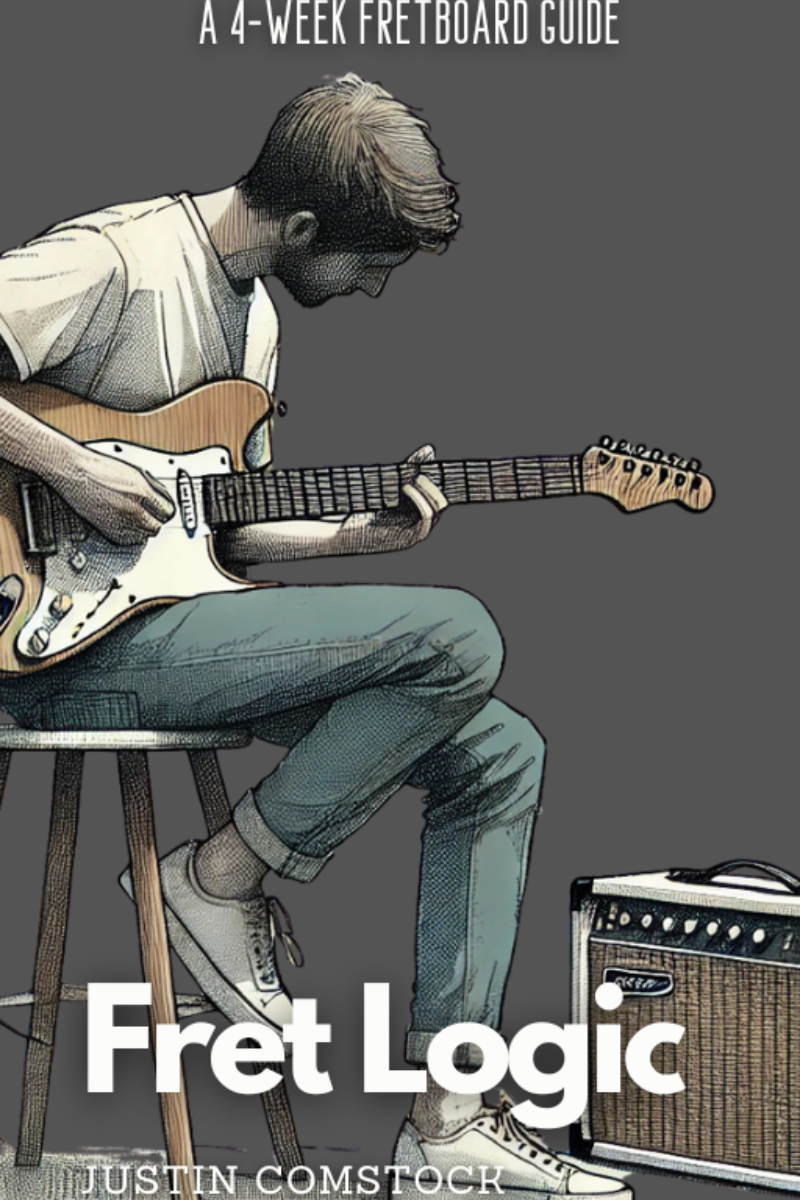
Join Guitar Freaks Hangout on Discord! 🎸
Get Fret Logic FREE!
Join the Guitar Freaks Hangout Discord and get exclusive access to my entire e-book, Fret Logic! Master the fretboard and elevate your solos with this comprehensive guide.
👉 Don’t miss out—join now and download your free copy!
